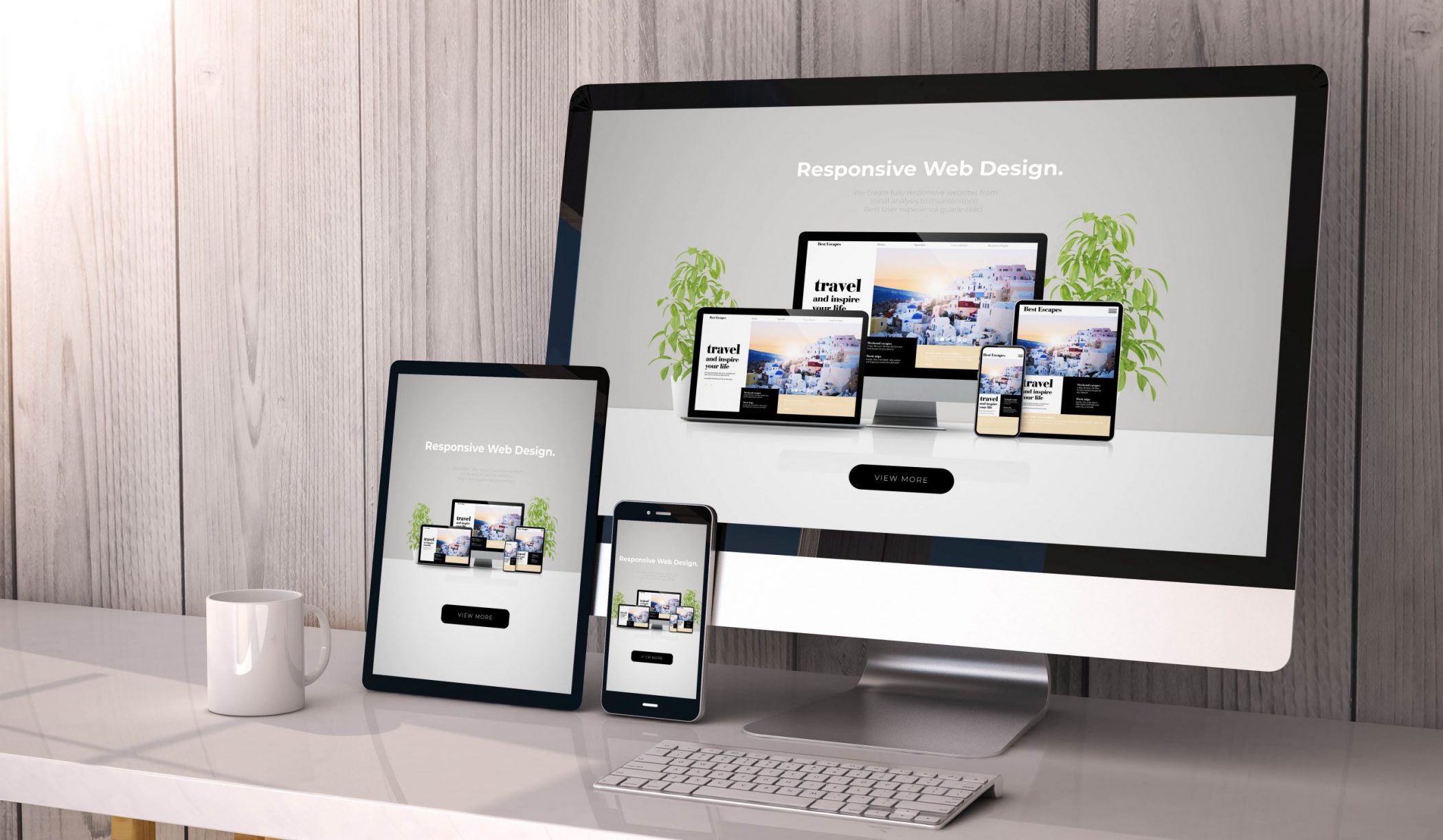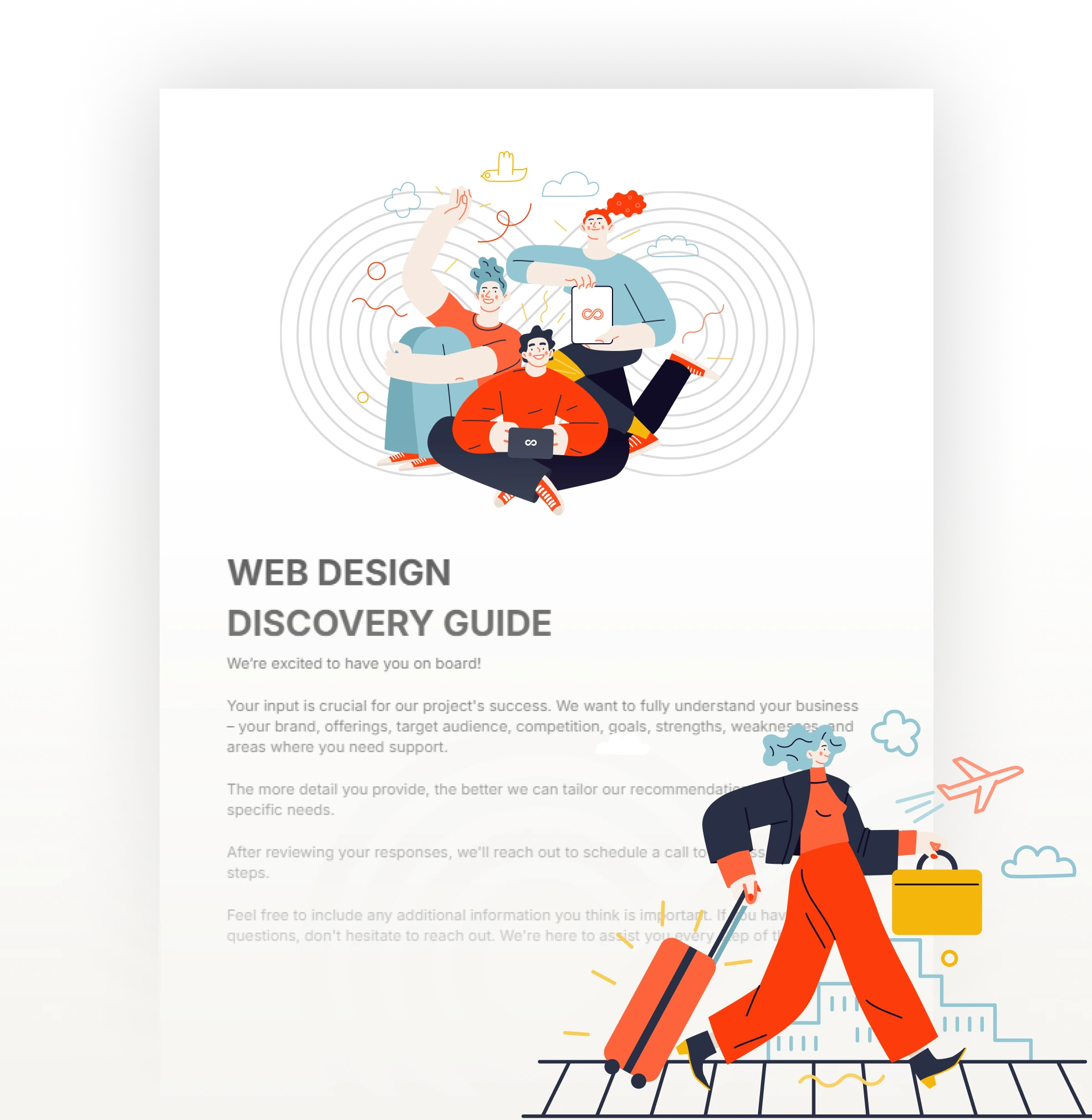Aligned Position Web Design: Building Responsive, Mobile-Friendly Websites for Modern Users
Aligned Position Web Design: Building Responsive, Mobile-Friendly Websites for Modern Users
Blog Article
The Ideal Kinds of Web Style to Enhance Customer Experience and Engagement
In the ever-evolving landscape of electronic communication, the effectiveness of Web layout considerably impacts individual experience and involvement. Numerous style techniques, such as minimalist, responsive, and interactive designs, each deal distinct advantages that can cater to varied individual needs.
Minimal Web Layout
As digital landscapes become significantly chaotic, minimalist Web style has emerged as an effective approach to improving user experience. This style viewpoint focuses on simplicity, concentrating on vital elements while getting rid of unneeded interruptions. By utilizing adequate white area, straightforward navigation, and a minimal shade scheme, minimal style fosters clarity and routes customer focus to vital web content.
The core concept of minimal website design is to develop a seamless interaction for customers. By reducing cognitive tons, users can swiftly realize details without feeling bewildered. This straight technique not only improves use however likewise encourages engagement, as visitors are more probable to check out a website that is very easy and aesthetically enticing to navigate.
Additionally, minimal style often stresses typography and images, making use of these components purposefully to communicate messages efficiently. In significance, minimal Web design is not simply a fad; it is a thoughtful method that acknowledges the importance of user-centered style.
Receptive Web Layout
In today's diverse digital atmosphere, receptive website design has ended up being essential for producing a smooth user experience throughout a multitude of devices. As individuals gain access to internet sites on smart devices, laptops, tablets, and desktops, the capacity of a web site to adjust its format and content to different display sizes and resolutions is essential.
Receptive Web layout utilizes adaptable grids, images, and CSS media inquiries to make certain that Web material exists efficiently, despite the device made use of. This approach not only improves the visual allure of a website however additionally dramatically enhances usability. Customers are a lot more most likely to involve with a website that offers a constant experience, as it gets rid of the irritation of needing to zoom in or scroll excessively.
By embracing receptive design, businesses can enhance their visibility and get to a wider target market. In summary, responsive Web style is an essential method that enhances user experience, engagement, and general fulfillment.
Interactive Web Layout
Receptive website design lays the foundation for boosting customer experience, but interactive website design takes this a step further by engaging users in an extra dynamic means - Aligned Position Web Design. By incorporating components such as computer animations, clickable prototypes, and real-time responses, interactive Web layout mesmerizes users, attracting them into a richer surfing experience
This method not only cultivates interaction but likewise motivates individuals to check out content proactively as opposed to passively consuming it. Methods such as gamification, where individuals make rewards for completing tasks, can dramatically boost the moment invested on a website and boost overall satisfaction. Moreover, interactive attributes can simplify complicated information, making it a lot more absorbable and satisfying.

Incorporating interactive style elements can additionally result in greater conversion rates, as users are most likely to involve with a site that proactively entails them. Aligned Position Web Design. Ultimately, interactive website design transforms customer experiences into memorable journeys, guaranteeing that site visitors return time and once again
Flat Style
Defined by its minimalistic strategy, level style stresses simplicity and functionality, removing away unnecessary aspects and concentrating on essential attributes. This design ideology prioritizes use, ensuring that individuals can browse interfaces with ease and performance. By employing a tidy aesthetic, flat layout removes the clutter frequently located in more elaborate designs, thus enhancing user focus on material and capability.
The characteristic of flat layout depends on its use of bold colors, simple typography, and geometric shapes. These elements add to an aesthetically enticing interface that is both friendly and contemporary. Furthermore, flat design fosters a feeling of quality, enabling individuals to discern important actions and details click here to find out more without disturbance.
In addition, level design is specifically efficient in responsive Web style, as its simplicity translates well throughout different devices and display sizes. The absence of detailed appearances and slopes lessens loading times, which is important for preserving individual interaction. As digital landscapes proceed to develop, flat style continues to be a pertinent option for developing easy to use sites that boost total experience. By concentrating on essential attributes, level design not just satisfies customer requirements however also urges seamless communication, making it a crucial component of reliable Web layout methods.
Adaptive Web Layout
Adaptive Web design tailors the individual experience by producing numerous repaired designs customized to various display sizes and devices. Unlike responsive style, which fluidly changes a solitary format, flexible design employs unique designs for details breakpoints, guaranteeing ideal discussion on numerous systems. This approach allows developers to concentrate on the unique attributes of each tool, improving functionality by supplying specifically what customers require based upon their context.
One of the main advantages of adaptive Web design is its ability to optimize load times and performance. By serving tailored content and pictures that fit the individual's gadget, web sites can decrease information usage and enhance loading rates. This is particularly useful for individuals with slower connections or limited information strategies.

Furthermore, flexible style facilitates a much more regulated and consistent branding experience. Given that designers develop several formats, they can make sure that the visual components line up with the brand name's identity throughout different platforms - Aligned Position Web Design. This causes a cohesive customer experience, improving engagement and advertising individual retention
Conclusion
Minimal layout cultivates quality and emphasis, while receptive style makes sure versatility across various devices, promoting ease of access. Collectively, these layout comes close to add to the development of easy to use atmospheres that not only enhance complete satisfaction however likewise drive greater conversion rates, underscoring their crucial importance in contemporary Web layout methods.

Minimal design fosters quality and focus, while receptive design makes sure adaptability throughout numerous devices, advertising accessibility. Jointly, these design comes close to contribute to the development of easy to use settings that not only boost contentment however likewise drive greater conversion rates, emphasizing their crucial value in modern Web layout techniques.
Report this page